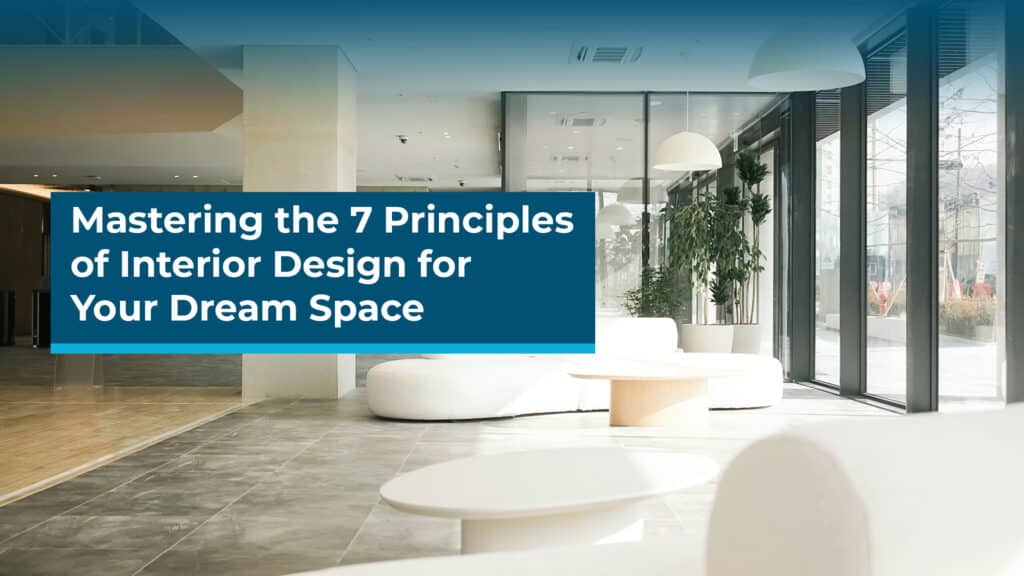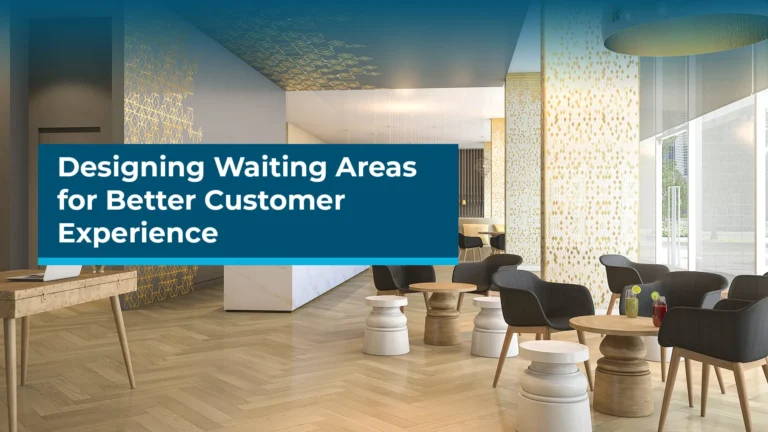Interior design is a delicate balance of creativity and functionality, rooted in a set of core principles that transform spaces into harmonious havens. Whether you’re planning a small revamp or a grand overhaul, understanding these principles can guide you in making informed decisions that elevate your interiors.
At Design Core Interiors, we believe every space has the potential to tell a unique story. Here’s an in-depth look at the seven fundamental principles of interior design to help you create a space that truly feels like home.
Before You Begin: Choosing the Right Interior Design Partner
Designing a space is a collaborative journey, and choosing the right interior design company is crucial to its success. If you’re unsure how to start, check out our guide on How to Choose the Right Interior Design Company in Kuwait to make an informed decision. This guide walks you through the key factors to consider, ensuring you find the perfect partner to bring your vision to life.
1. Balance: The Key to Visual Stability
A well-designed space feels stable and grounded, thanks to the principle of balance. This involves evenly distributing visual weight across a room, whether through furniture, colour, or décor.
Types of Balance:
- Symmetrical Balance: Think paired sofas or matching side tables for a classic, formal look.
- Asymmetrical Balance: Introduce variety by using pieces of similar weight but different styles—like a statement armchair opposite a sleek sofa.
- Radial Balance: Arrange furniture or décor around a central focal point, such as a round dining table or a chandelier.
Pro Tip: Avoid overcrowding your space with too much furniture or leaving it too sparse. A harmonious mix of positive and negative spaces creates a cohesive look.
2. Harmony: Unifying the Elements
Harmony is the art of bringing all elements of a room together to create a unified, calming environment. This doesn’t mean everything should match—it’s about achieving a cohesive feel through complementary colors, textures, and styles.
Pro Tip: Start with a single piece you adore—like a statement artwork or a vibrant rug—and build the room’s theme around it.
3. Rhythm: Creating Movement in Design
Rhythm in interior design guides the eye across a room, creating movement and flow. This is achieved through repetition and contrast of patterns, colours, and textures.
Example:
- Use the same accent colour in different areas, such as a throw pillow on a couch, a vase on a table, and artwork on the wall.
Pro Tip: Follow the “Rule of Three” for mixing patterns—choose one primary element and pair it with two complementary ones to avoid visual clutter.
4. Proportion and Scale: The Foundation of Harmony
Proportion and scale are about how objects relate to each other and to the room’s dimensions. Furniture, décor, and even art should complement the room’s size without overwhelming it.
Example:
- A large sectional sofa suits a spacious living room, while compact furniture works best in smaller spaces.
Pro Tip: When hanging artwork, ensure the width of the frame is roughly two-thirds the width of the furniture beneath it.
5. Emphasis: Creating Focal Points
Every room needs a focal point—a design element that immediately draws the eye. This could be a bold chandelier, a statement wall, or a unique piece of furniture.
Example:
- In a living room, an oversized painting or a dramatic fireplace can serve as the centrepiece.
Pro Tip: Use accent lighting to highlight your focal point and enhance its visual appeal.
6. Contrast: Adding Depth and Drama
Contrast brings life to a space by combining different elements—light and dark colours, smooth and rough textures, or traditional and modern styles. This interplay of opposites creates depth and visual interest.
Example:
- Pair sleek, modern furniture with rustic wooden accents for a balanced, eclectic look.
Pro Tip: For smaller spaces, use subtle contrasts to avoid overwhelming the room.
7. Details: The Finishing Touches
Details are the final layer of design, where personality truly shines. From intricate light fixtures to plush cushions and elegant hardware, these small touches complete the look.
Example:
- Gold-accented door handles, patterned throws, and curated decorative pieces can add sophistication to your space.
Pro Tip: Plan your details alongside larger elements to ensure a cohesive design.
Ready to Redefine Your Space?
At Design Core Interiors, we specialize in transforming ideas into breathtaking realities. By incorporating these principles into our designs, we ensure your space reflects your personality while meeting your practical needs.
Explore more insights and expert tips on DcoreInteriors.com or contact us today to bring your dream space to life!










